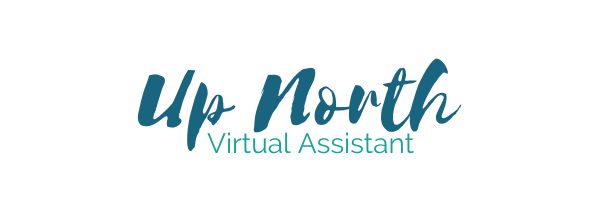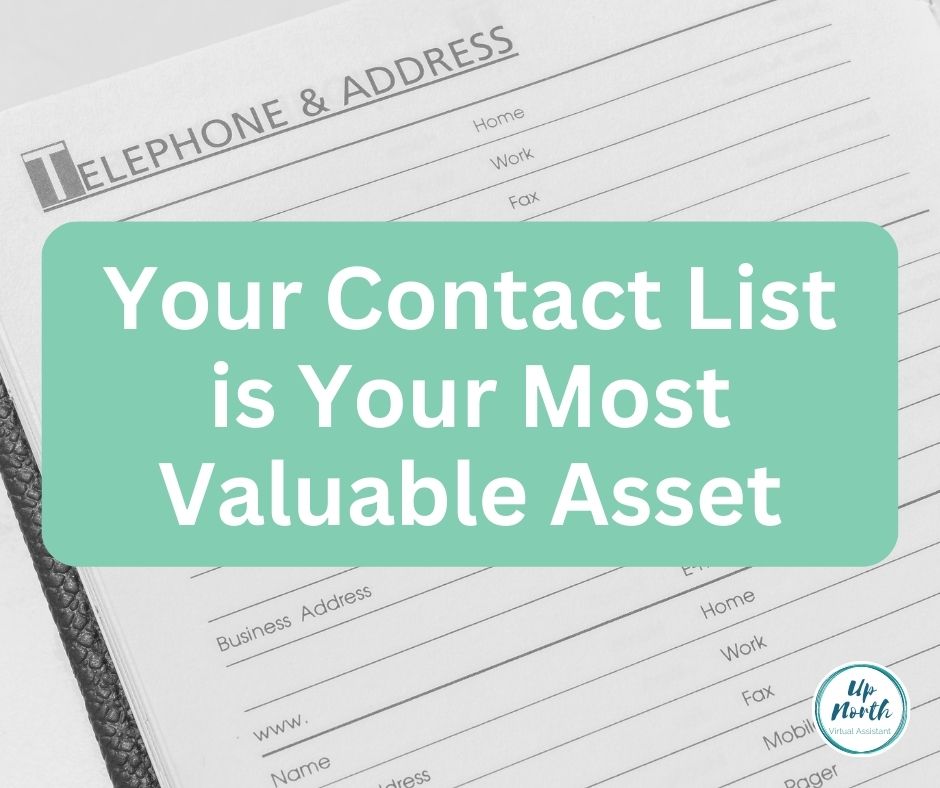What if I told you that I went into my town’s grocery store, peeked into the storage room, and saw that all the food was thrown into a giant pile? And what if I told you that, whenever the employees had to replenish the shelves, they rummaged through that pile of food looking for whatever they needed?
Can you imagine that?! No supermarket would ever operate that way and stay in business.
And yet most of my clients treat their most important asset, their contact list, in exactly the same way.
They have several stacks of business cards in their desk drawers, contacts in multiple email accounts and others on LinkedIn or Facebook. Every time they want to contact part of their list, whether for a promotion or to simply send holiday cards, they do the exact same thing. They sort through their pile and hope for the best.
It’s a big mess and it wastes a lot of time, but don’t feel too bad … a lot of people operate this way.
Here’s the deal. Without having your list in one centralized electronic place, you’re missing the opportunity to cross-promote your products and services, keep in touch with people in a systematic way, follow up on leads effectively, and send out holiday cards without heavy lifting.
No matter what your business, your contact list is your most valuable asset. But until all these people are in one place, they’re really of no use to you at all. In order to grow your business, especially when times are lean, it’s essential to leverage this gold mine that you already own.
Here’s how to do it:
1. Contain Your Contacts
There are lots of options for creating a centralized contact list. Depending on your needs, it might be as simple as Excel or Outlook. But if you also want to track leads and sales and use automation, I suggest doing a Google Search to see what software best suits your needs.
The key is not to get bogged down in your choice of tools. If you start with one and then decide to change to another it’s usually a fairly simple export/import job to move your information. Just make sure that you’re comfortable using whatever you pick so the probability of using it is higher. It’s better to start with something simple and upgrade later.
2. Gather Your Contacts
I suggest creating an Excel spreadsheet to start. Export all your existing electronic data first. Look at your email accounts, Facebook friends, and LinkedIn connections. For those stacks of business cards, I suggest downloading a business card scanner app. It captures an image of the card for easy on-screen proofreading. Once you’re finished, it’s easy to dump these contacts right into your Excel spreadsheet.
3. Clean Up Your List
The bigger the list the more duplicates you’re going to have so put on your seatbelt before starting this part. Sort your data in Excel by last name. That makes it easier to find duplicates and allows you to fill in any gaps. For example, one line for Joe Schmo might have his phone number, while another includes his address and email. Just cut and paste to make one complete record and delete the duplicate.
You’ll want to categorize your contacts into groups to make it easier to use the information. I suggest categories for “prospects” and “current customers” and I also have groups like “keep-in-touch”, “follow up”, etc.
4. Create a Process
Once you have your list up to date you definitely don’t want it to fall to the wayside again. If you don’t have a process with how you handle new contacts or your new clients, check out my post – Get on Board with Client Onboarding.
Taking care of your contact list is a key part of your business. It takes some time and work up front, but it’s worth it in the long run. Remember that you’re mining for gold, so do a good job and be thorough. You never know who might refer you, so include everyone you know in your list.

